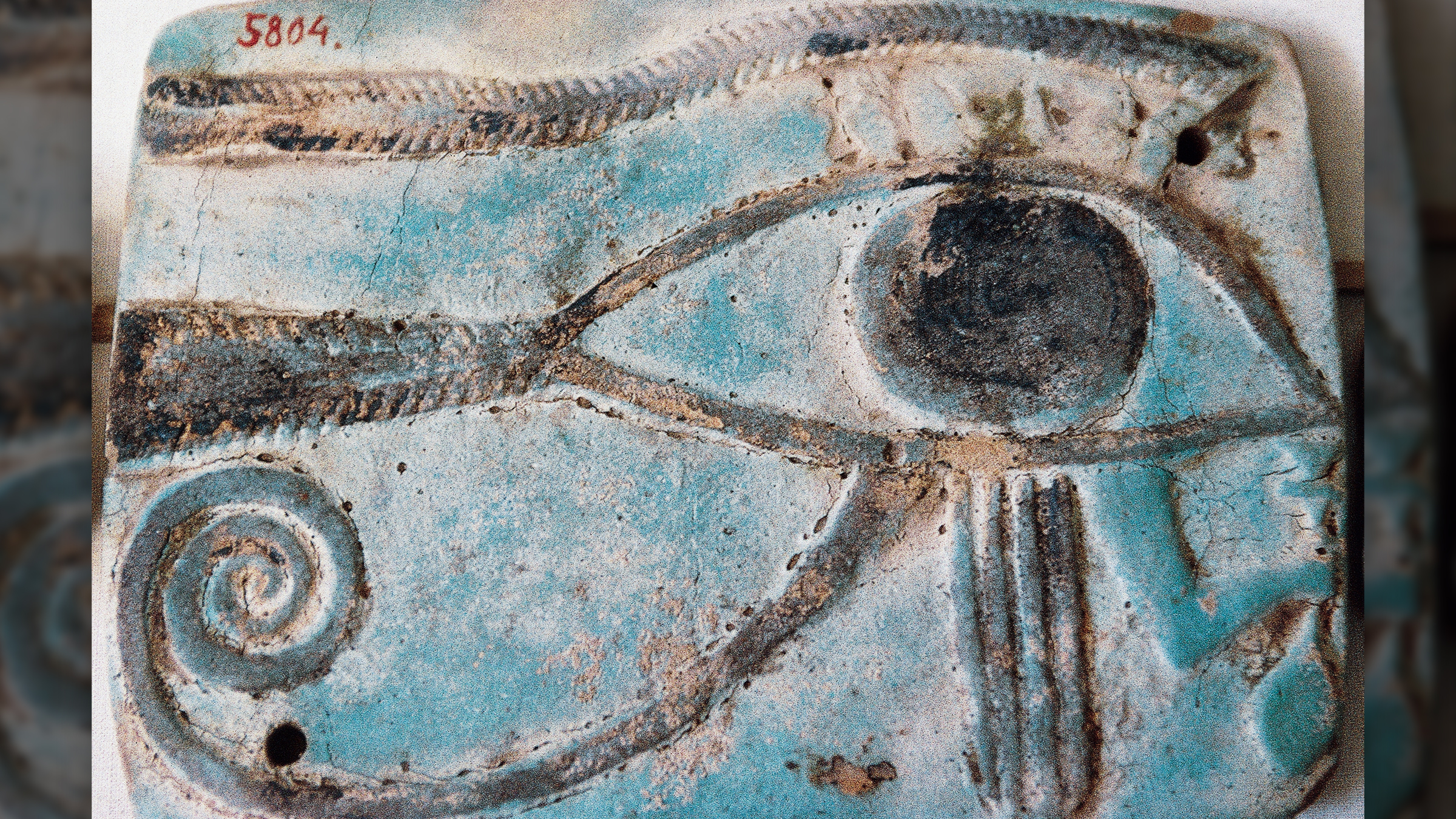
Harry Baker
Harry is a U.K.-based senior staff writer at Live Science. He studied marine biology at the University of Exeter before training to become a journalist. He covers a wide range of topics including space exploration, planetary science, space weather, climate change, animal behavior and paleontology. His recent work on the solar maximum won "best space submission" at the 2024 Aerospace Media Awards and was shortlisted in the "top scoop" category at the NCTJ Awards for Excellence in 2023. He also writes Live Science's weekly Earth from space series.
Latest articles by Harry Baker
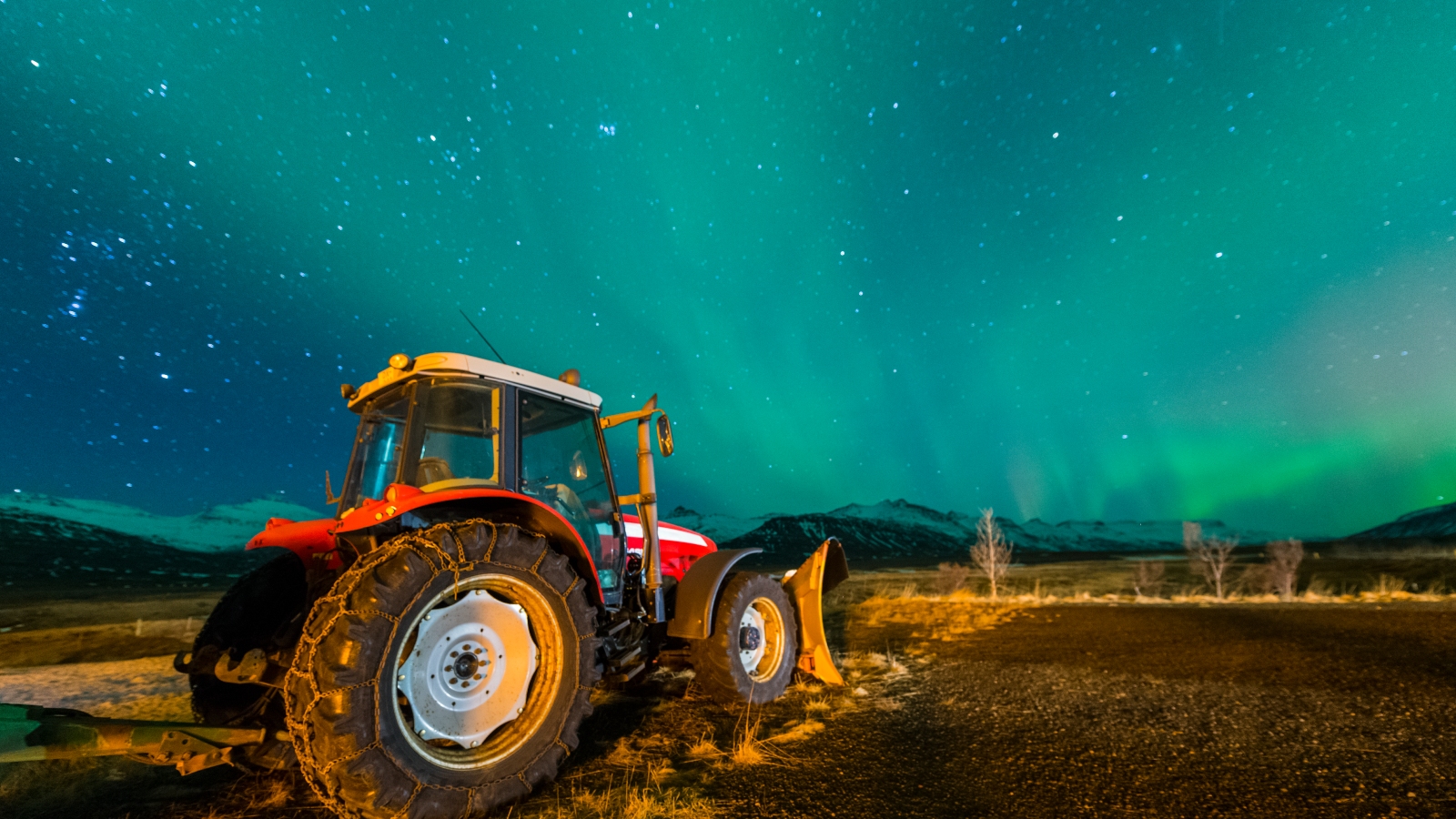
'Like they were demon possessed': Geomagnetic super storms are causing tractors to dance from side to side across US farms — and the sun is to blame
By Harry Baker published
Powerful solar storms in May and October painted auroras across large parts of North America. But some U.S. farmers also witnessed unusual activity from their high-tech machinery, which started boogying back and forth as a result of the geomagnetic disturbances.
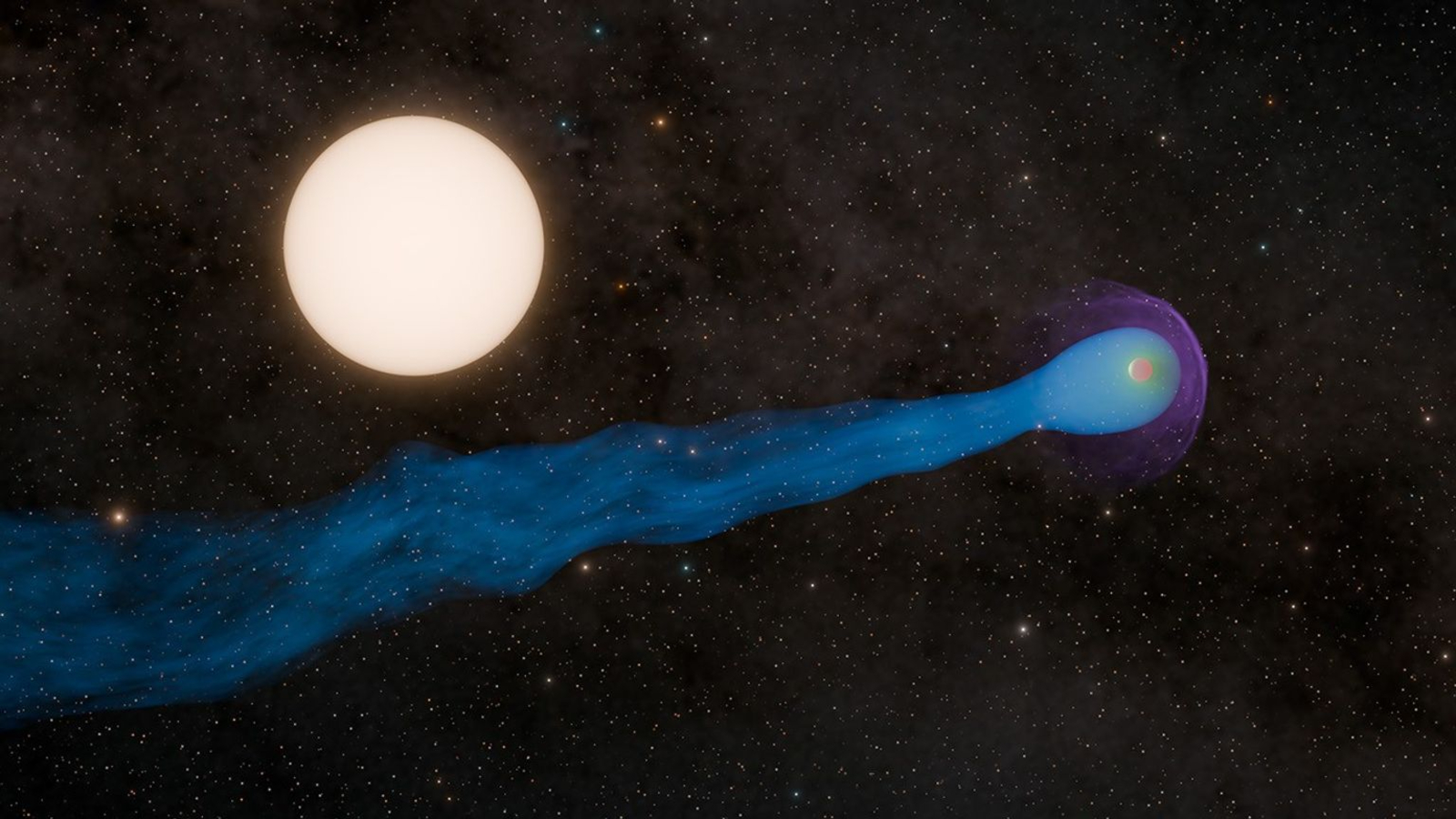
Nearby exoplanet has grown a tail 44 times longer than Earth — and it's acting like a giant 'stellar windsock'
By Harry Baker published
Researchers have detected a giant tail of gas leaking from an exoplanet near Earth. The giant structure, which is up to 350,000 miles long, is being blown away from the alien world by stellar gusts, allowing researchers to use it like a windsock.

Otherworldly stripes and shadowy dunes share center stage in 'hottest place on Earth'
By Harry Baker published
Earth from space This 2012 satellite photo shows a series of giant windblown ridges, known as yardangs, and a group of towering sand dunes at the heart of Iran's Lut Desert.
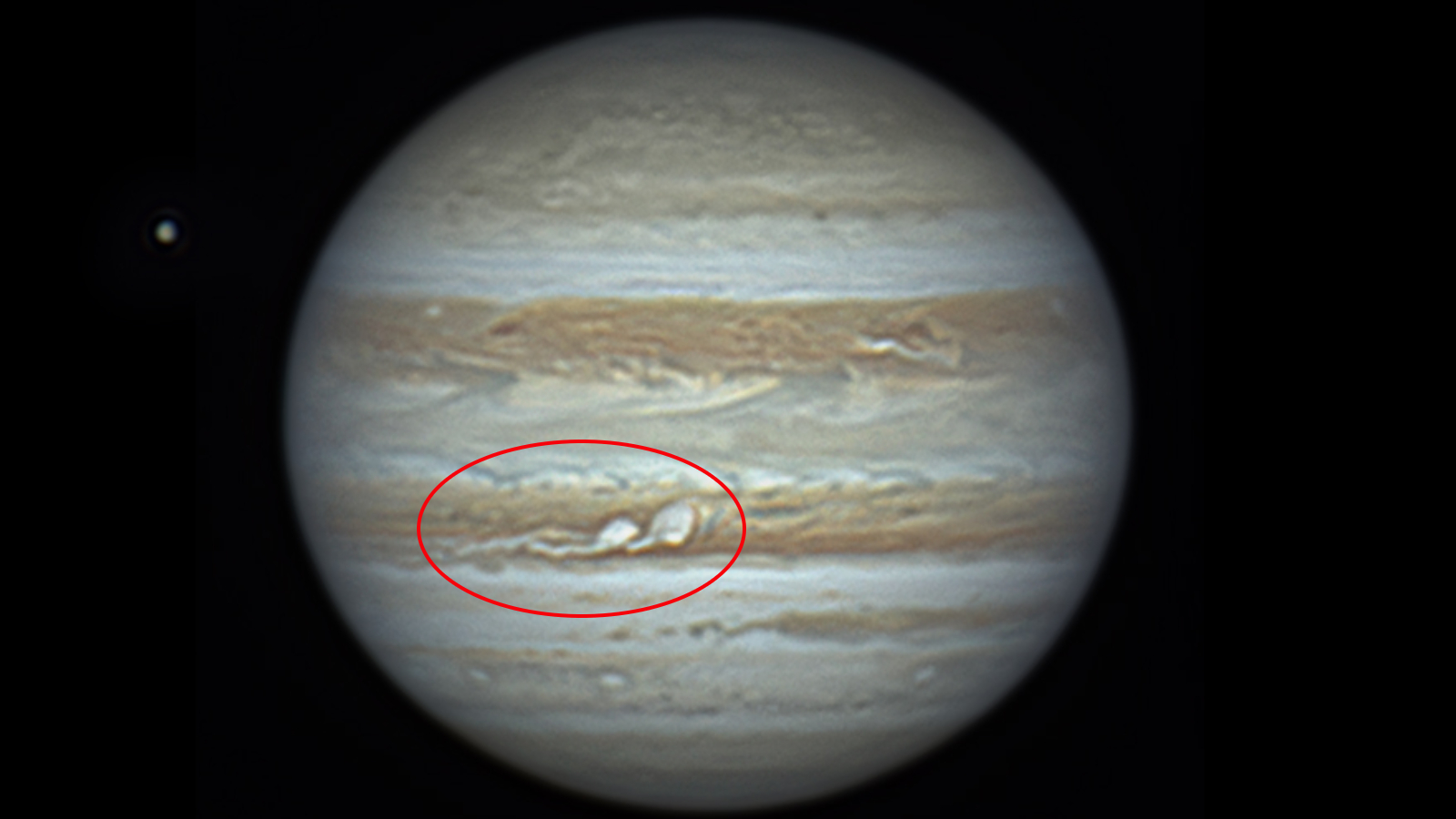
New thunderstorms wider than Earth are spewing out green lightning on Jupiter — and could make one of the gas giant's massive bands disappear
By Harry Baker published
A pair of massive thunderstorms have been spotted swirling in Jupiter's "South Equatorial Belt" and are likely unleashing massive bolts of green lightning. Some experts think the pale clouds could end up altering the rusty band's color — and potentially even making it "disappear."
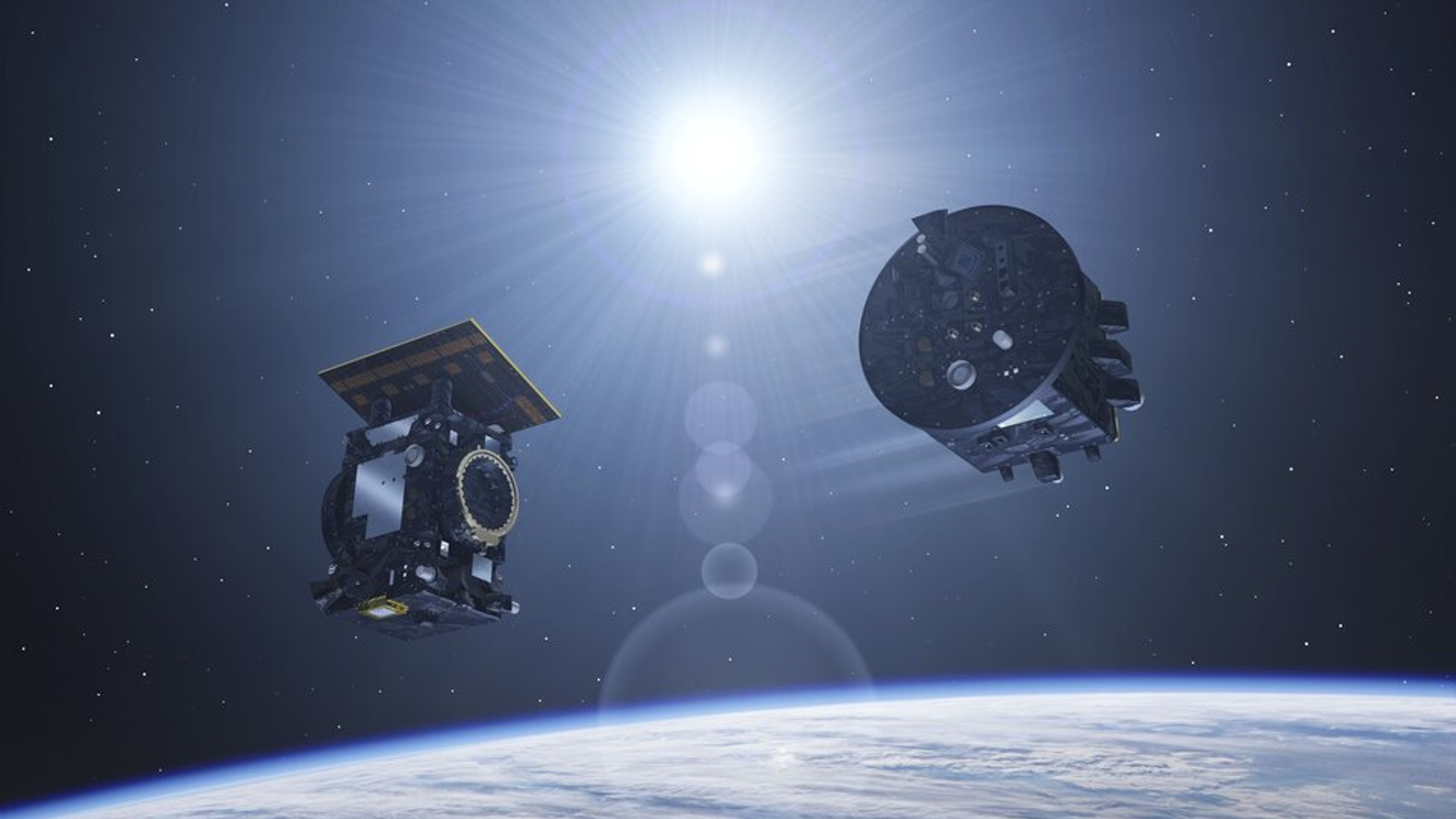
Europe launches twin spacecraft to make daily solar eclipses in space. Here's what to know about Proba-3.
By Harry Baker last updated
On Dec. 5, 2024 the European Space Agency's Proba-3 mission sent two spacecraft into orbit around Earth. By aligning the probes, researchers will create 6-hour-long mini eclipses, allowing the sun's atmosphere to be studied like never before.

We are fast approaching the sun's 'battle zone' — and it could be even worse than solar maximum, experts warn
By Harry Baker published
Space weather experts warn that solar activity will persist or even increase after solar maximum has ended and we enter a phase of the solar cycle dubbed the "battle zone."
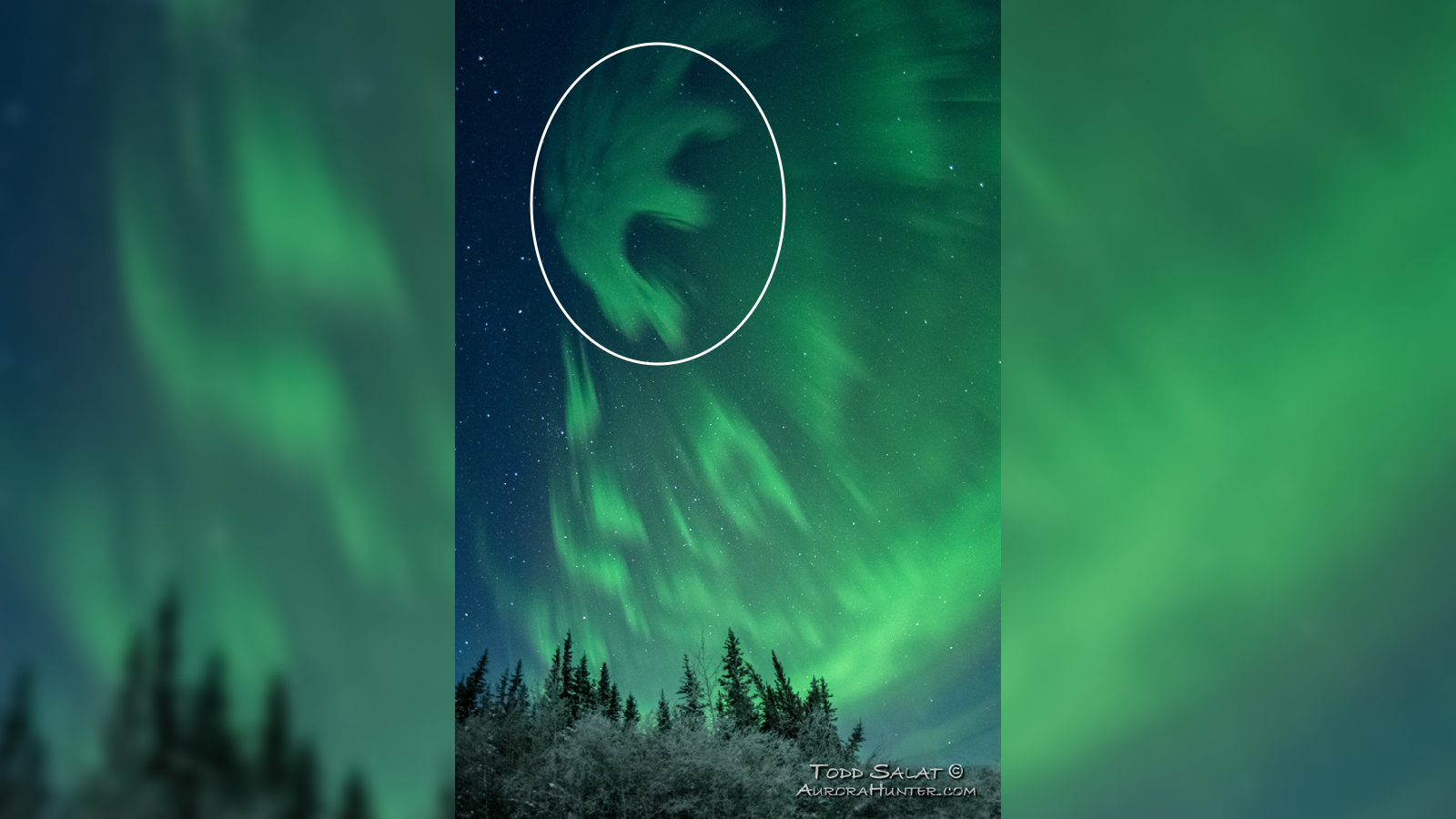
Extremely rare, black 'anti-auroras' paint luminous 'letter E' above Alaska
By Harry Baker published
A "bizarre" E-shaped aurora was recently photographed dancing in the sky above Alaska. The unusual light show was caused by rare black auroras, a.k.a. anti-auroras, which catapult charged particles from the sun back out of Earth's atmosphere and into space.

Crimea's 'putrid sea' creates beautiful rainbow of color but smells like rotten eggs
By Harry Baker published
Earth from space A 2014 satellite photo of the Sivash region shows off the kaleidoscopic colors of a series of shallow, hypersaline lagoons — each filled with a different kind of algae.
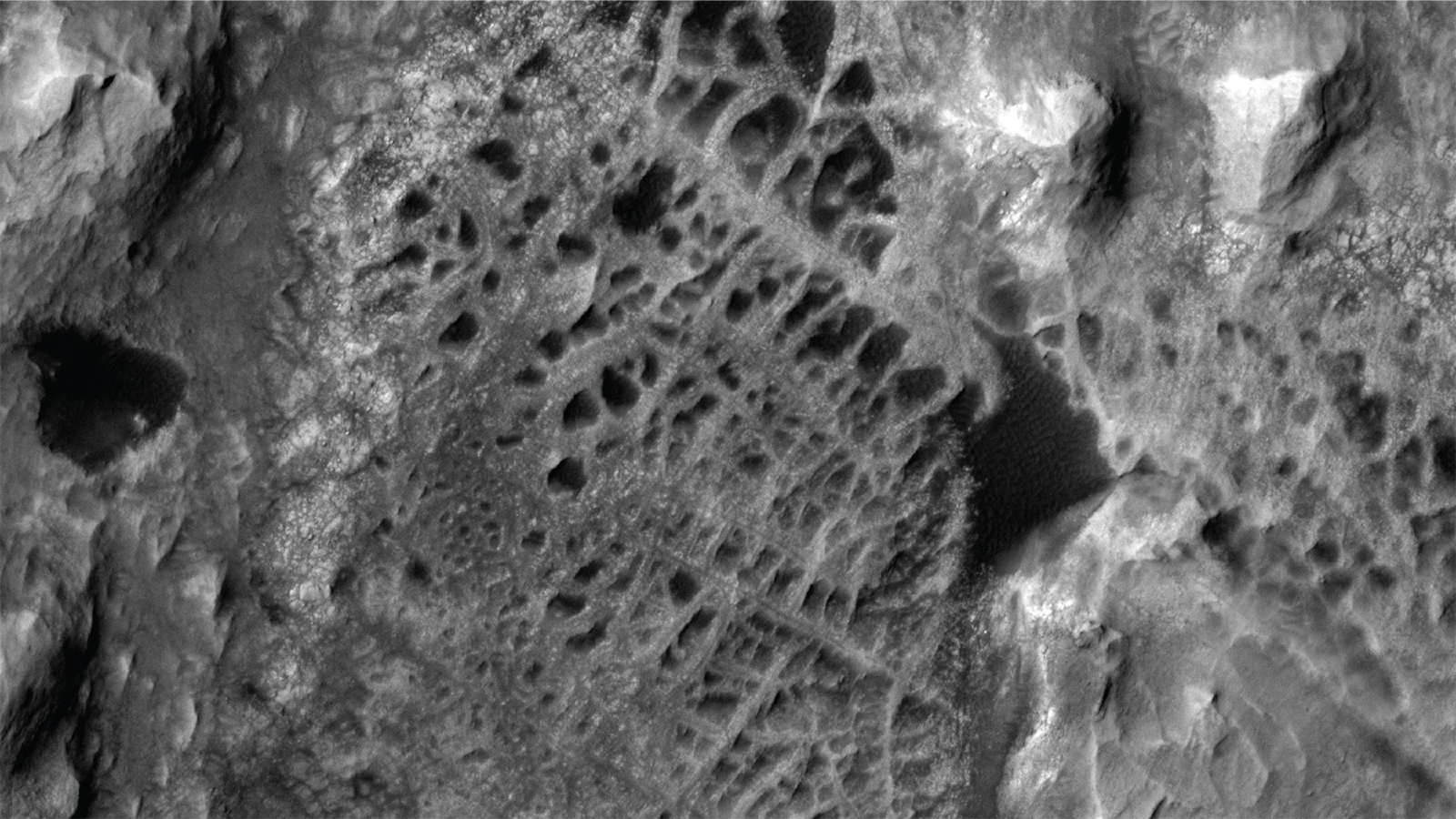
Gigantic 'spiderwebs' on Mars are the next big target for NASA's Curiosity rover, agency reveals
By Harry Baker published
Curiosity has just finished the latest leg of its 12-year Mars mission and will now set out to explore miles of web-like surface features left behind by ancient water on the Red Planet. The zig-zagging rocks could also provide clues about whether Mars once harbored extraterrestrial life.
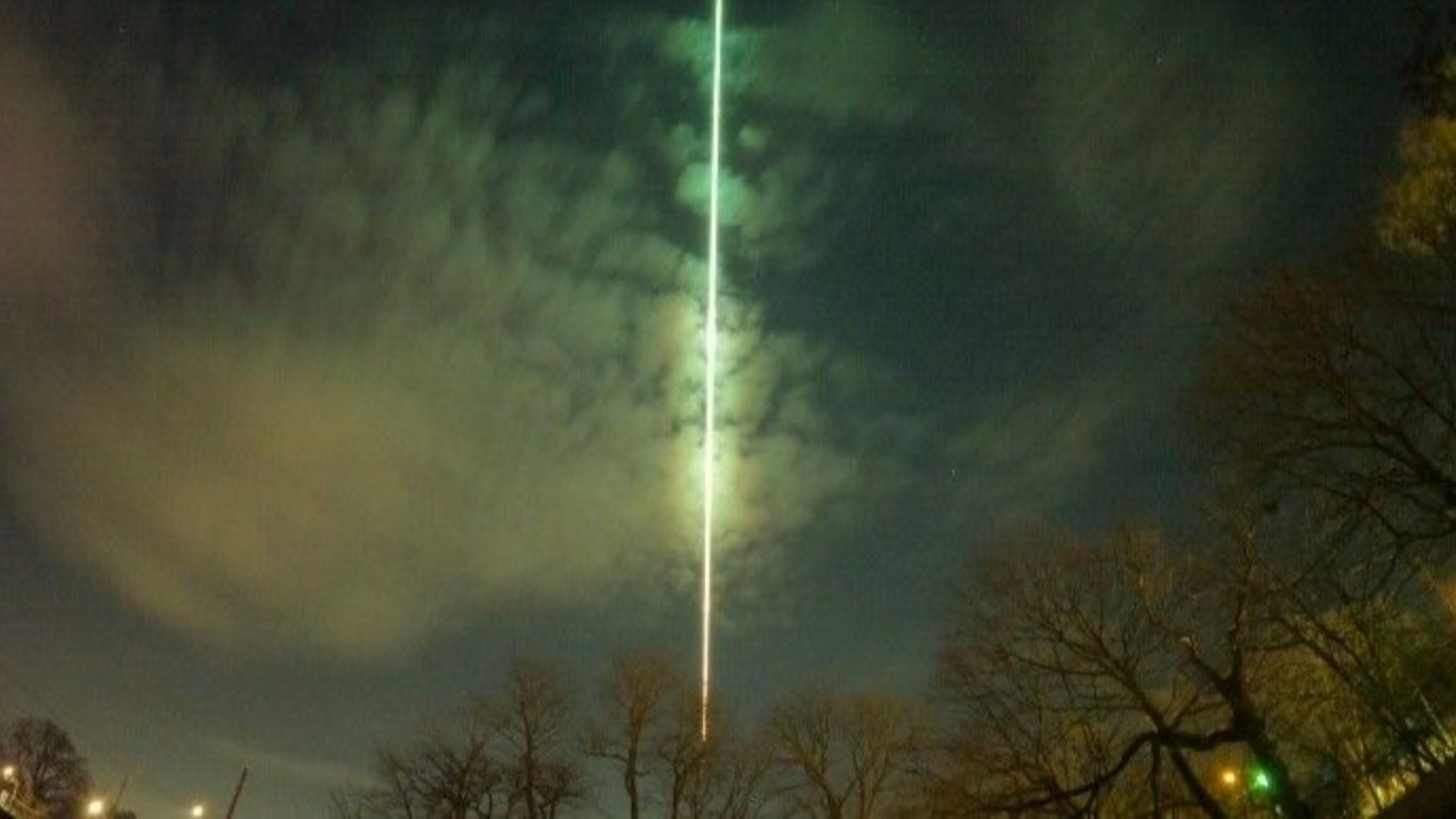
'Fireball' meteor discovered hours before exploding above Niagara Falls was the smallest asteroid ever seen
By Harry Baker published
An asteroid that fell to Earth and exploded above Canada in 2022 was only around 20 inches wide — the smallest space rock ever properly measured, researchers say.
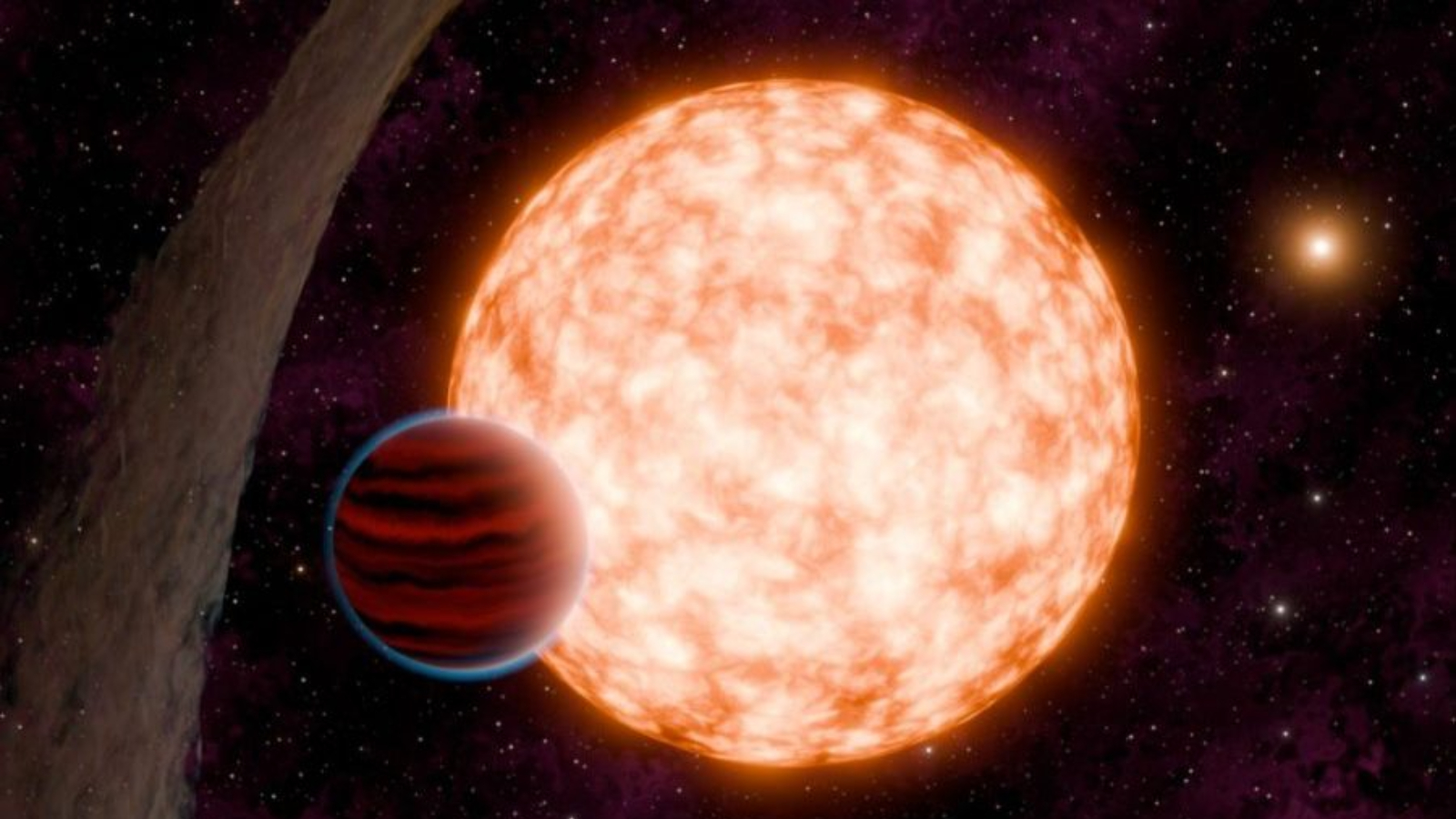
'Baby' exoplanet, equivalent to 2-week-old infant, is the youngest alien world ever spotted — and it's orbiting a wonky star
By Harry Baker published
A new study has identified an exoplanet that is just 3 million years old — around 1,500 times younger than Earth — alongside a misaligned protoplanetary disk that researchers cannot explain.
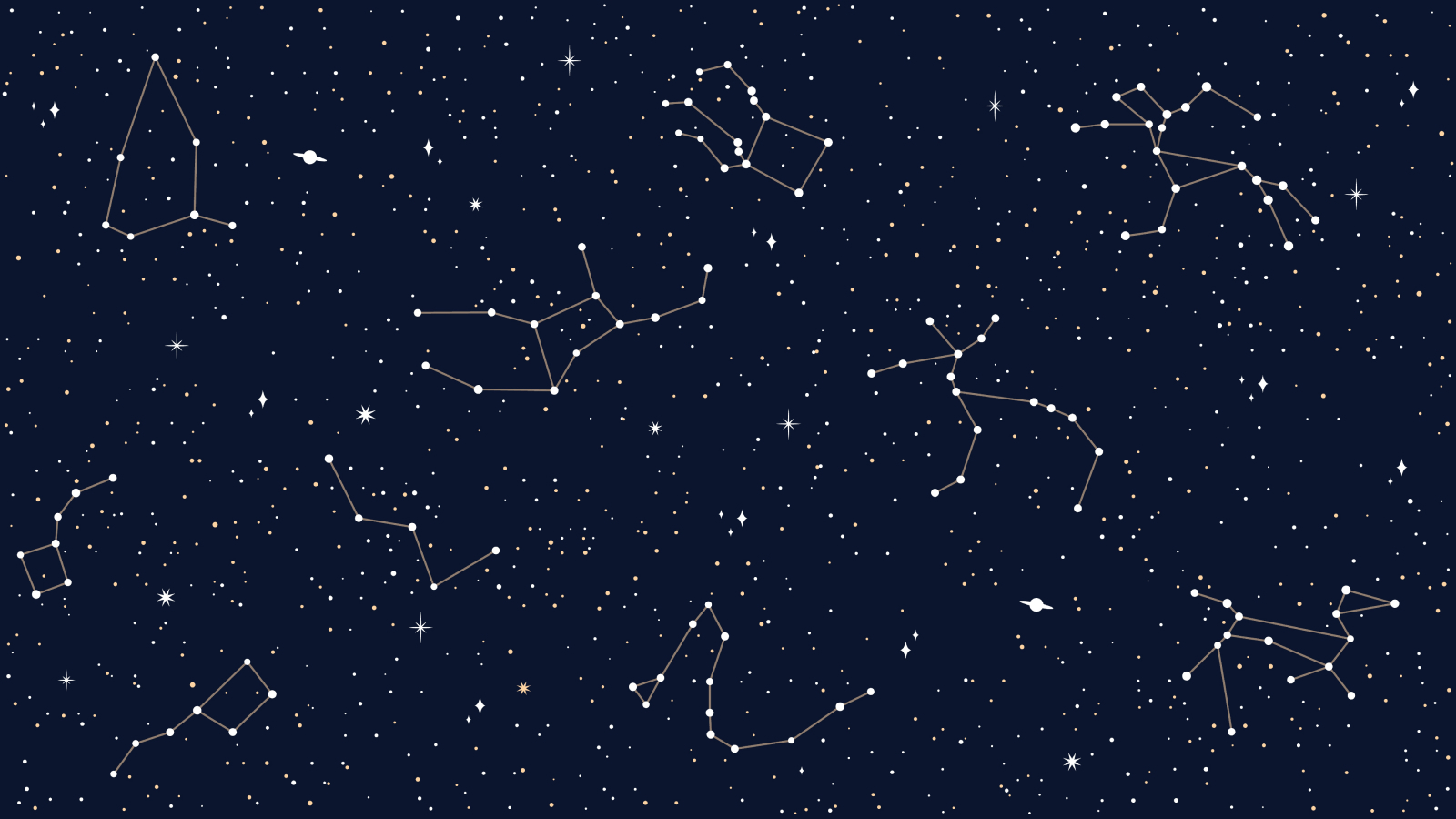
Constellations quiz: Can you name all the animals, objects and mythological figures hiding in the night sky?
By Harry Baker published
Quiz Think you know your constellations? See how many star groups you can name in 10 minutes and try to top the leaderboard.
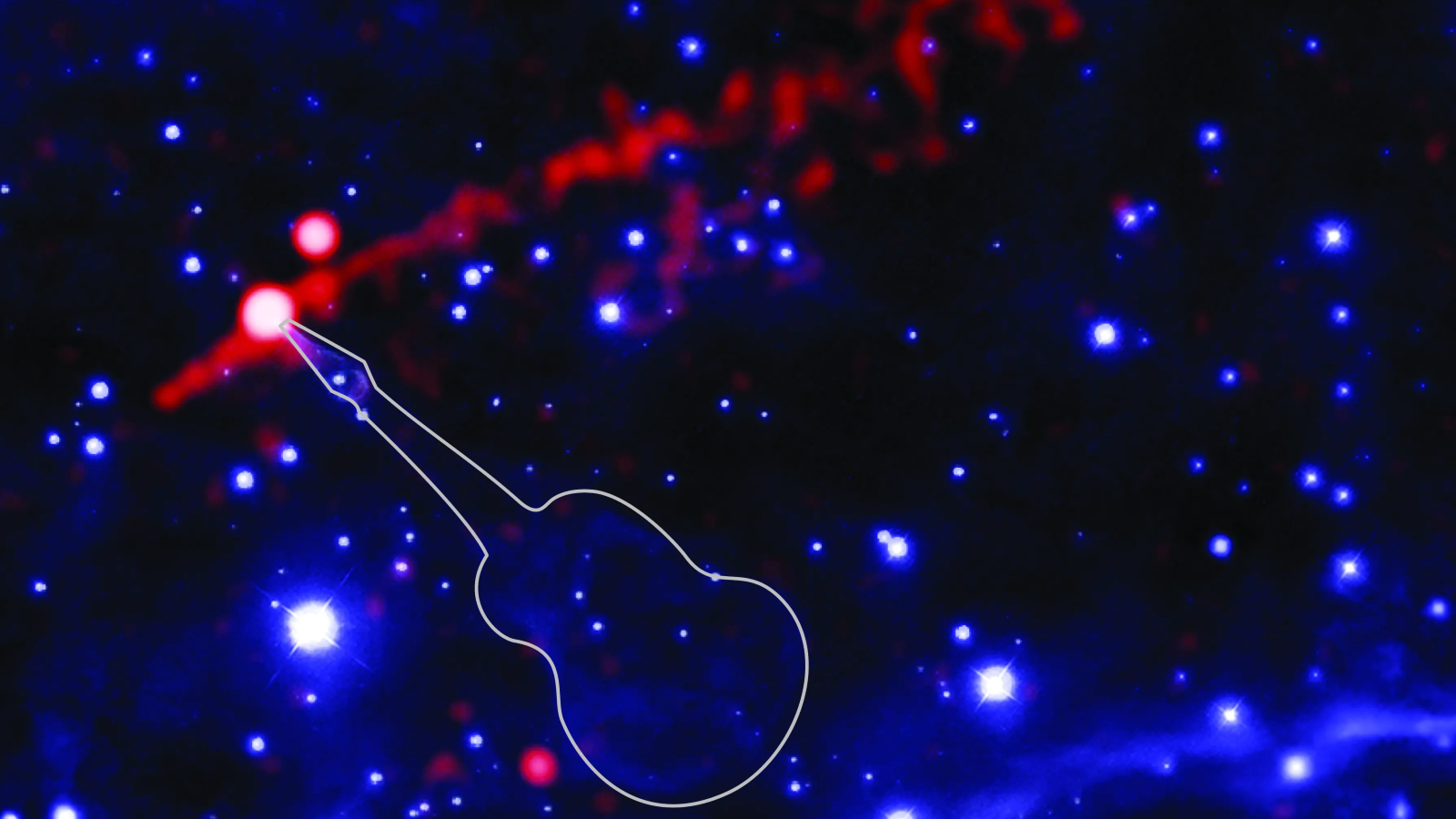
NASA spots 'flame-throwing Guitar Nebula' shredding antimatter along a cosmic string
By Harry Baker published
New images show the rapidly rotating pulsar of the "Guitar Nebula" shooting out a gigantic cosmic plume of plasma, X-rays and supercharged particles spinning along a magnetic field line in interstellar space.

'Supergiant' gold deposit discovered in China is one of the largest on Earth — and is worth more than $80 billion
By Harry Baker published
Chinese officials have announced the discovery of a massive deposit of high-quality gold ore, potentially worth around $83 billion, which could end up being the largest known deposit of the precious metal anywhere in the world.
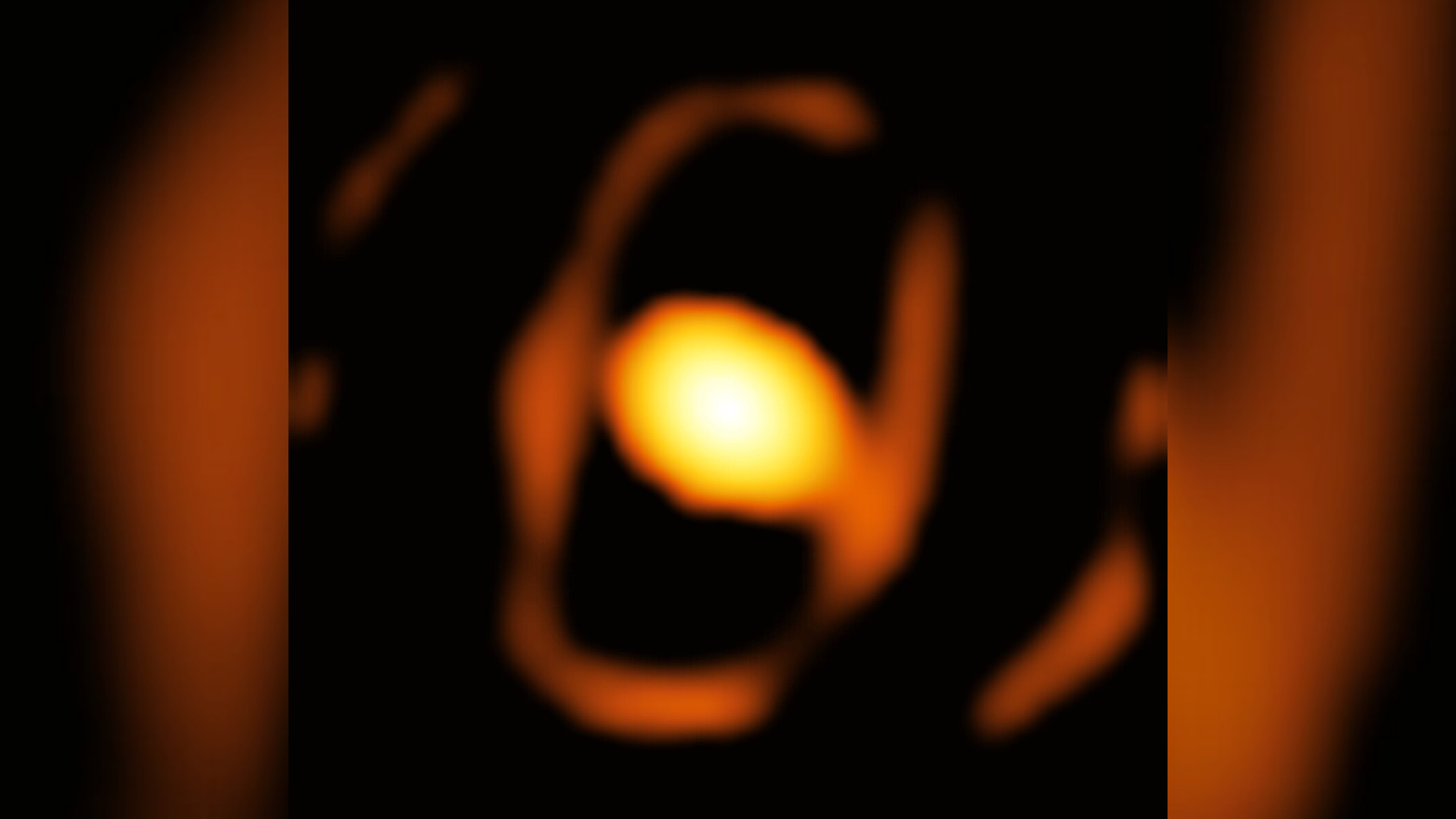
'Behemoth star' captured in spectacular close-up image — and it's on the brink of exploding
By Harry Baker published
Astronomers have taken a superdetailed, zoomed-in photo of the Large Magellanic Cloud's "behemoth star." The stunning image, which is the first of its kind from outside the Milky Way, shows that the giant star is right on the edge of going supernova.
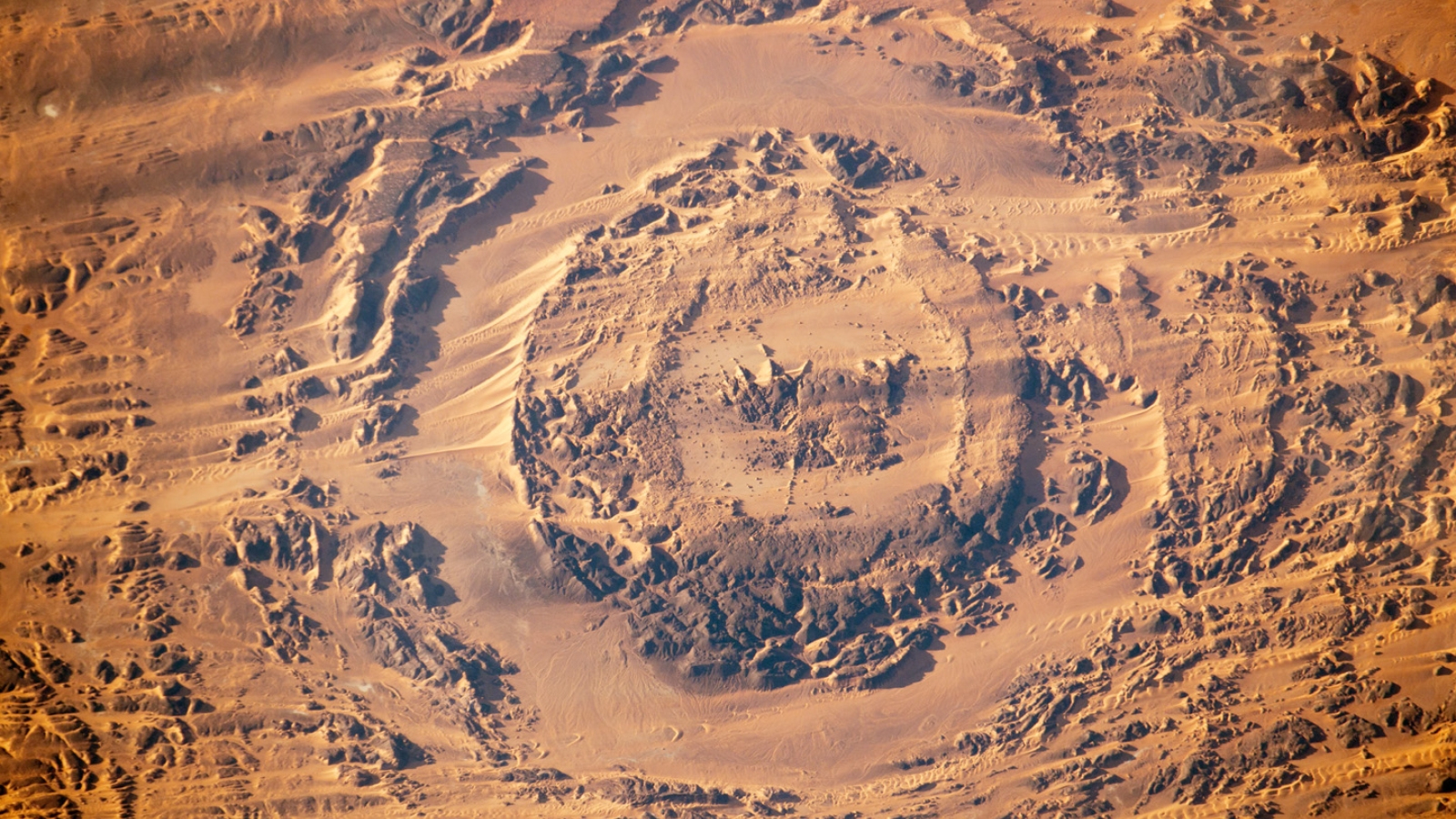
Wandering sand dunes circle a gigantic 'eye' sculpted by an ancient city-killer meteor in the Sahara
By Harry Baker published
Earth from space This 2013 astronaut photo shows a giant eye-shaped impact crater in the Sahara Desert that is slowly being circled by migrating sand dunes, helping researchers track how far these dunes can move over time.
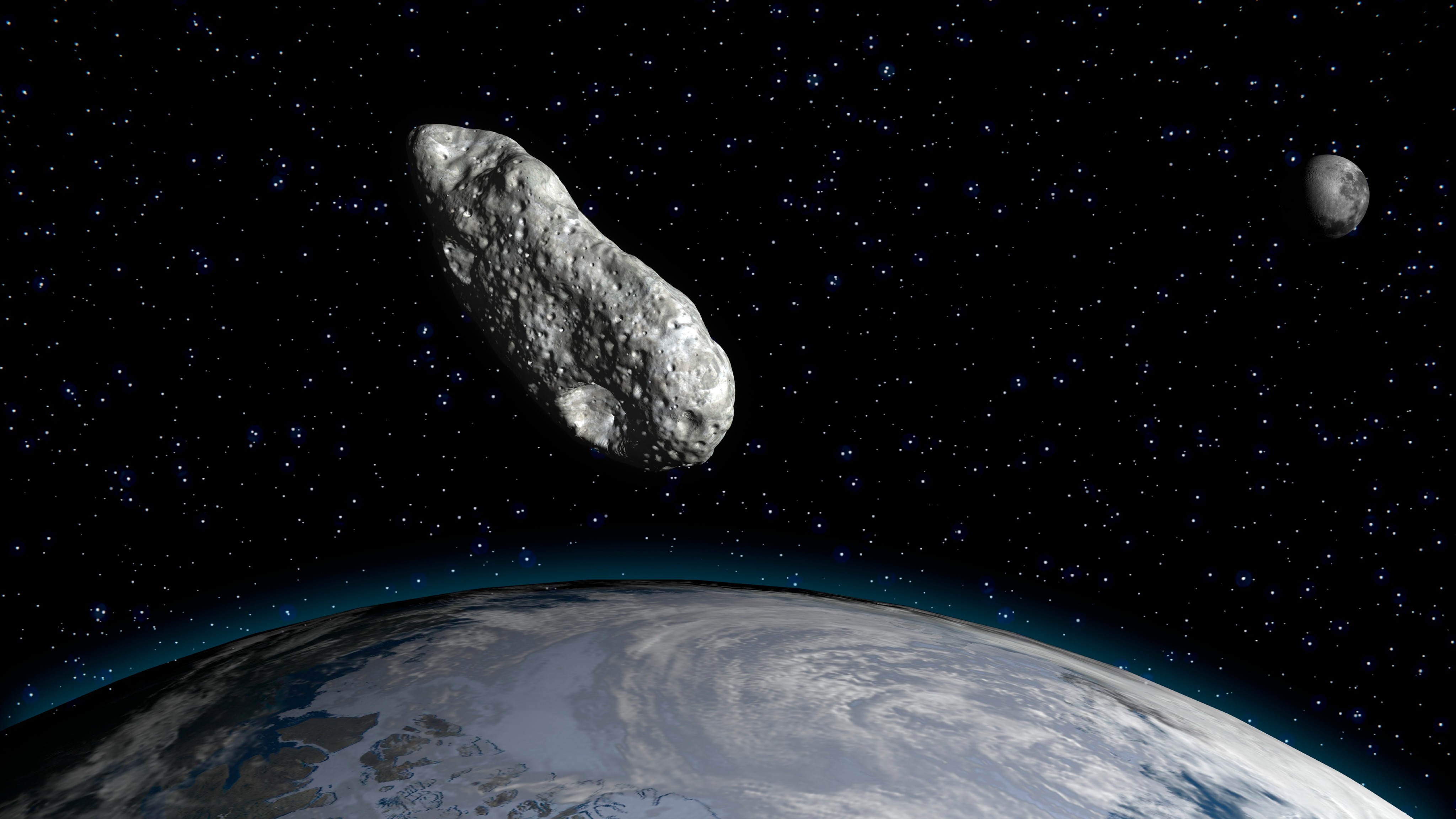
Scientists trace origin of Earth's mysterious 'minimoon' days before it escapes into space for 30 years
By Harry Baker published
A new study reveals that the asteroid 2024 PT5, which has been orbiting Earth for 2 months, may have a "lunar origin." However, it is about to break free from our planet, making it tricky to tell for sure.

Students' 'homemade' rocket soars faster and farther into space than any other amateur spacecraft — smashing 20-year records
By Harry Baker published
Aftershock II, a new rocket built by students at the University of Southern California, recently broke a number of 20-year-old amateur spaceflight records for altitude, power and speed. It reached more than 470,000 feet above Earth's surface and went "hypersonic."
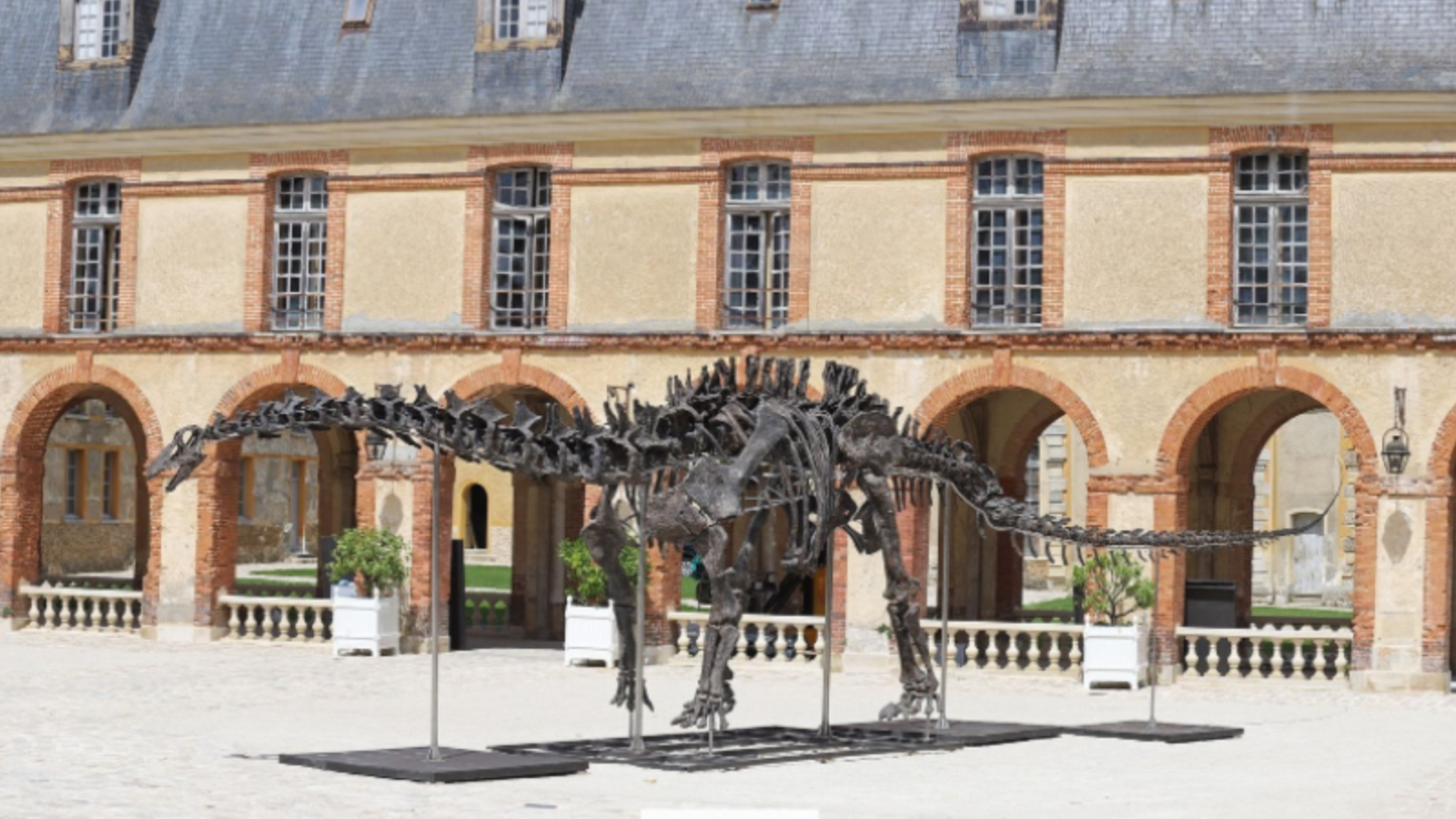
Largest dinosaur ever auctioned sells for over $6 million — and it's twice as long as a school bus
By Harry Baker published
A 70-foot-long Apatosaurus skeleton, named Vulcan, recently became the biggest dinosaur fossil ever sold when it was acquired for around $6.4 million at an auction in France. The sizable remains weigh more than 22 tons.
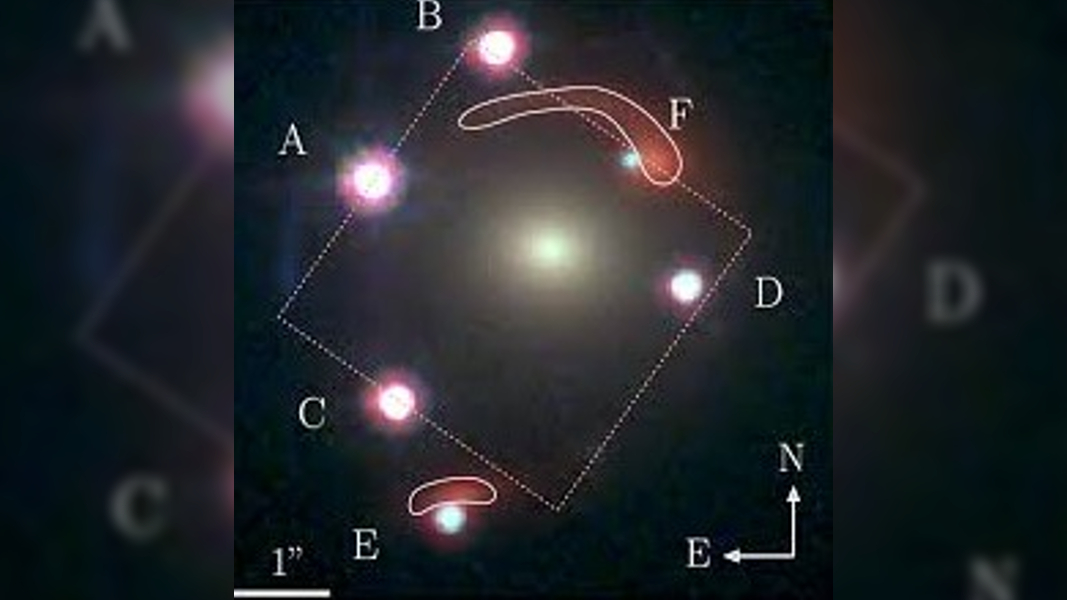
James Webb telescope uncovers 1st-ever 'Einstein zig-zag' hiding in plain sight — and it could help save cosmology
By Harry Baker published
A new JWST study has revealed the true origins of a luminous quasar that has been duplicated six times as its light "zig-zags" through space-time via a phenomenon first predicted by Albert Einstein. The unusual light show could help tackle one of cosmology's biggest problems, experts claim.
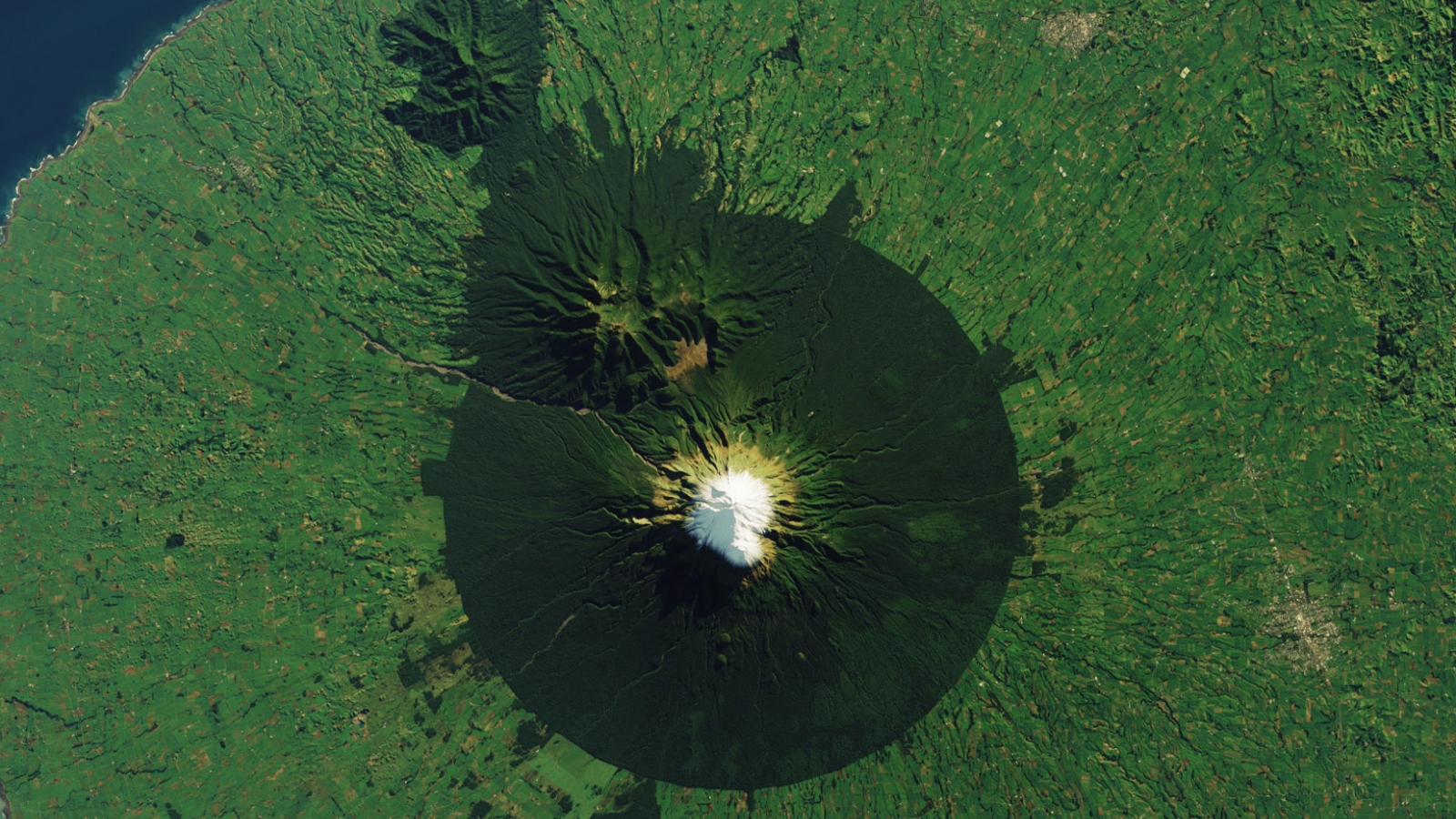
Eerily circular 'Goblin Forest' surrounds sacred volcano with human rights
By Harry Baker published
Earth from space This 2023 satellite photo shows New Zealand's Mount Taranaki, which is surrounded by a near-perfect circle of deformed trees. The volcano was recently granted the same legal rights as a person.
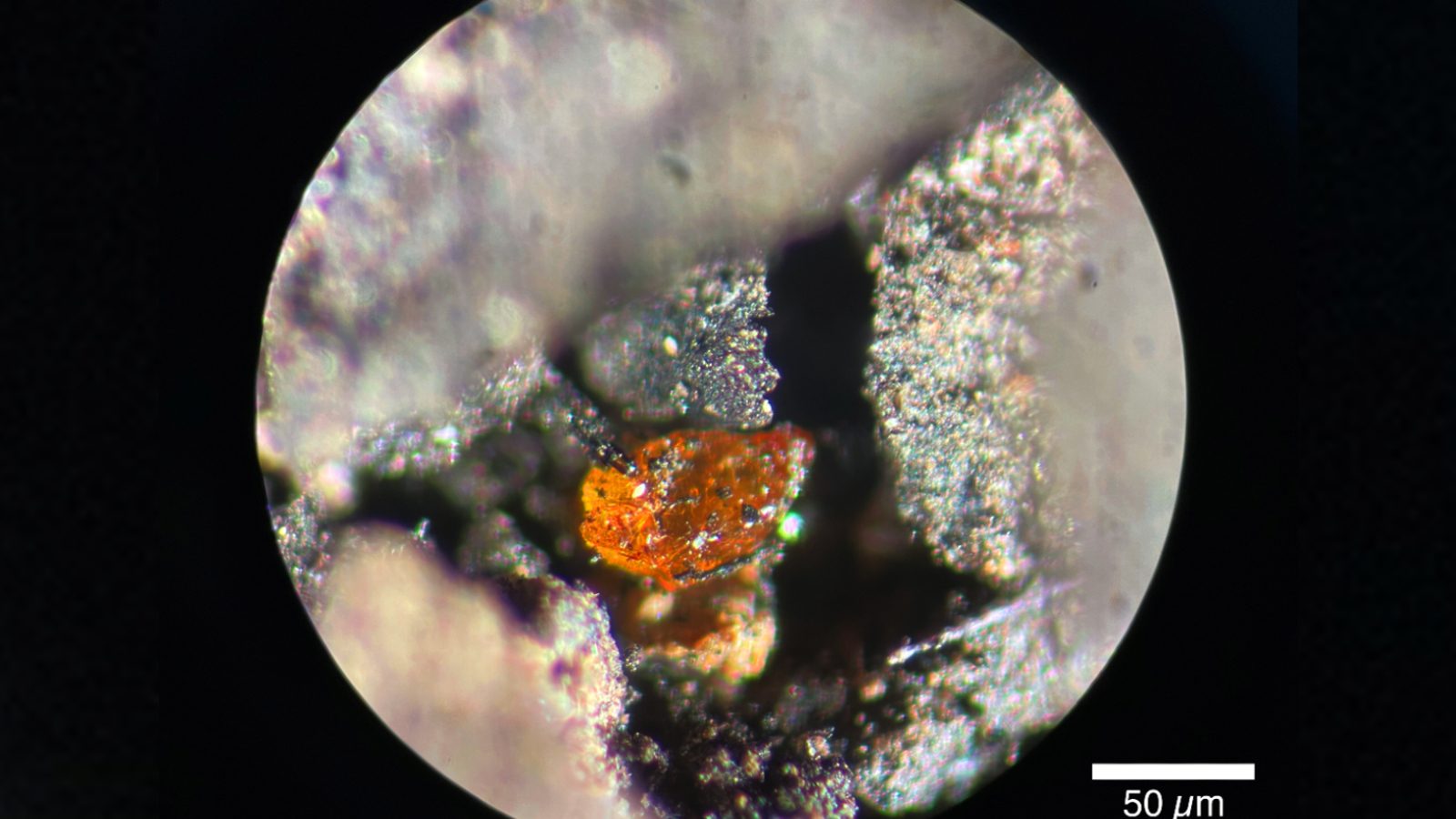
'Another piece of the puzzle': Antarctica's 1st-ever amber fossil sheds light on dinosaur-era rainforest that covered South Pole 90 million years ago
By Harry Baker published
Until now, Antarctica was the only continent on Earth without any known amber fossils. But sediment cores taken from below the seafloor have revealed a tiny piece of fossilized resin holding fragments of an ancient rainforest that covered the South Pole during the Cretaceous period.
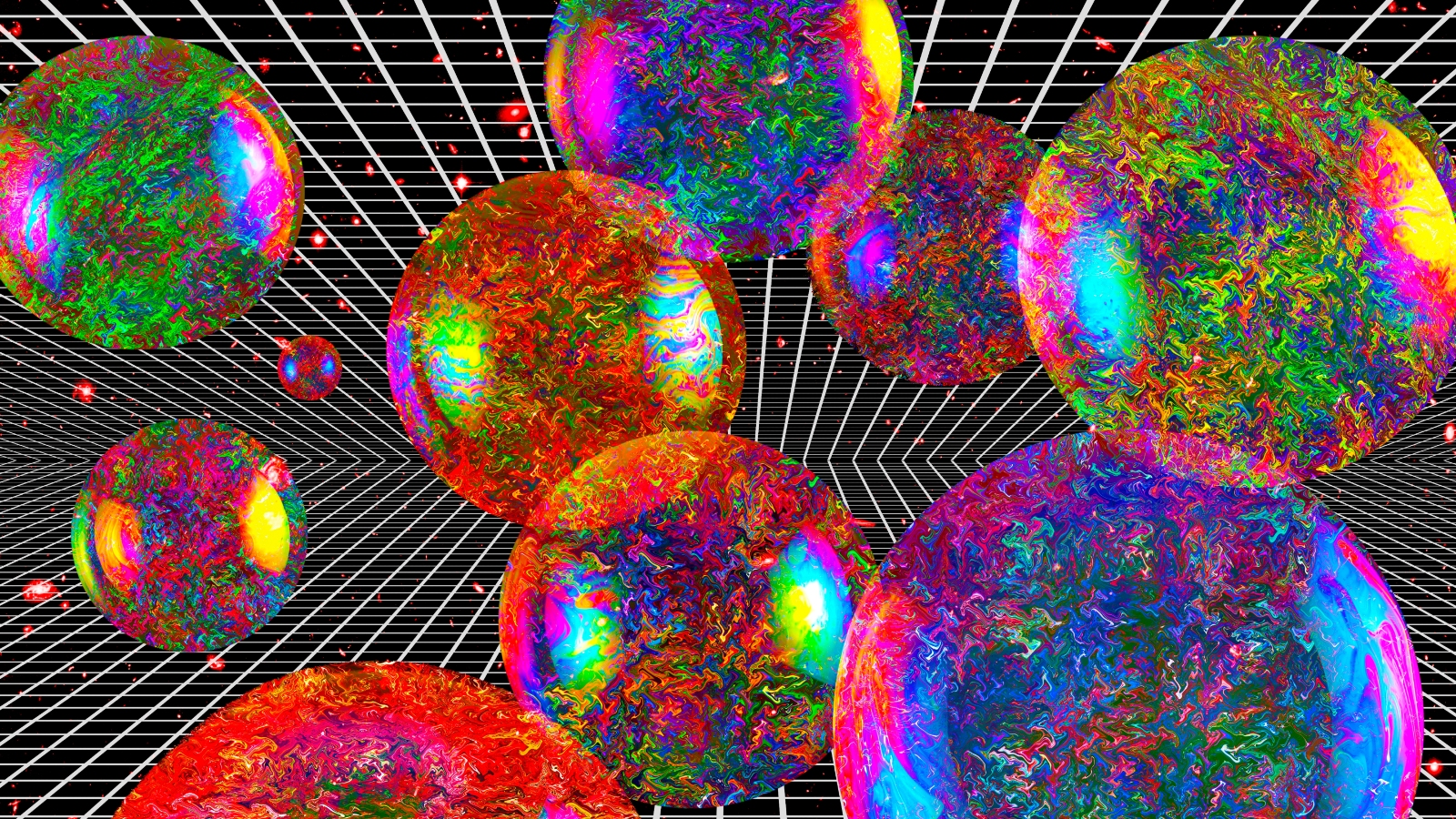
It would be easier to find aliens in a parallel universe than in our own, new multiverse study claims
By Harry Baker published
A new model based on the famous alien-hunting Drake equation suggests that some parallel universes within the hypothetical "multiverse" could have higher chances of containing extraterrestrial life than our universe.
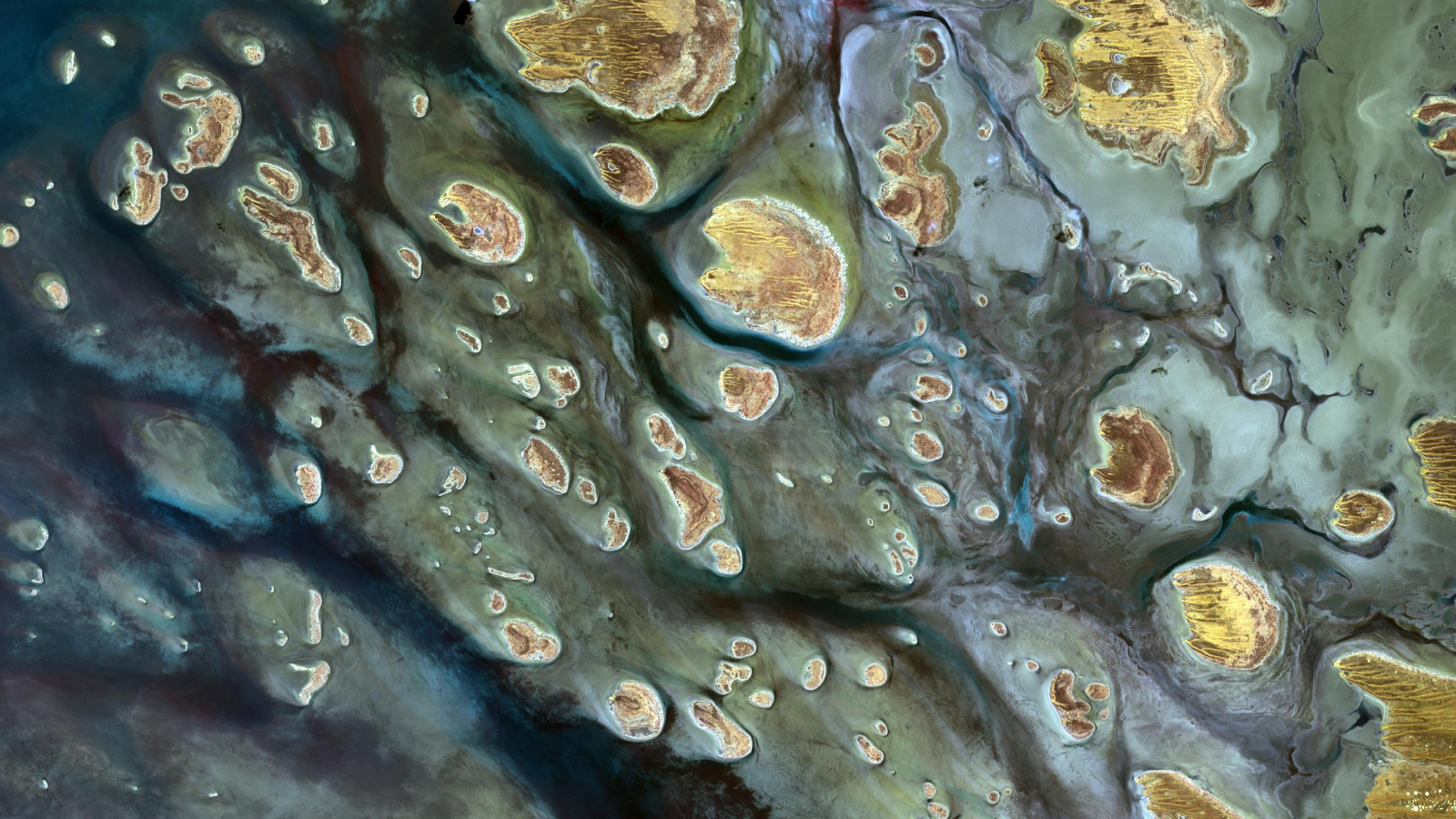
Giant 'phantom lake' dotted with stripy gold islands shimmers in Australian outback
By Harry Baker published
Earth from space A 2010 satellite image shows dozens of golden islands covered with strange parallel lines shining among the shallow waters of a massive, half-full ephemeral lake in Australia's Great Sandy Desert.
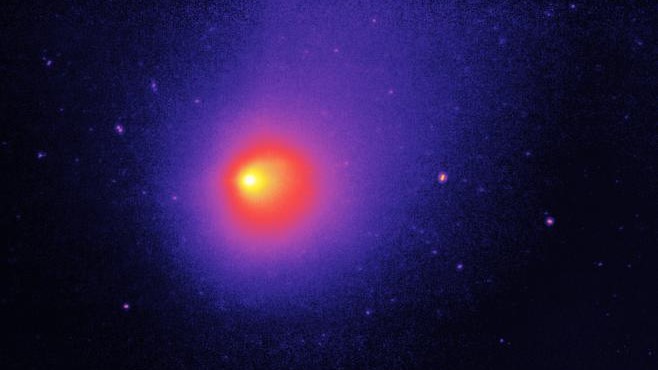
Mysterious, city-size 'centaur' comet gets 300 times brighter after quadruple cold-volcanic eruption
By Harry Baker published
The cryovolcanic "centaur" comet 29P/Schwassmann-Wachmann has erupted four times in less than 48 hours, becoming unusually bright in the process. It is the most powerful outburst from the city-size oddball in more than three years.
Sign up for the Live Science daily newsletter now
Get the world’s most fascinating discoveries delivered straight to your inbox.
